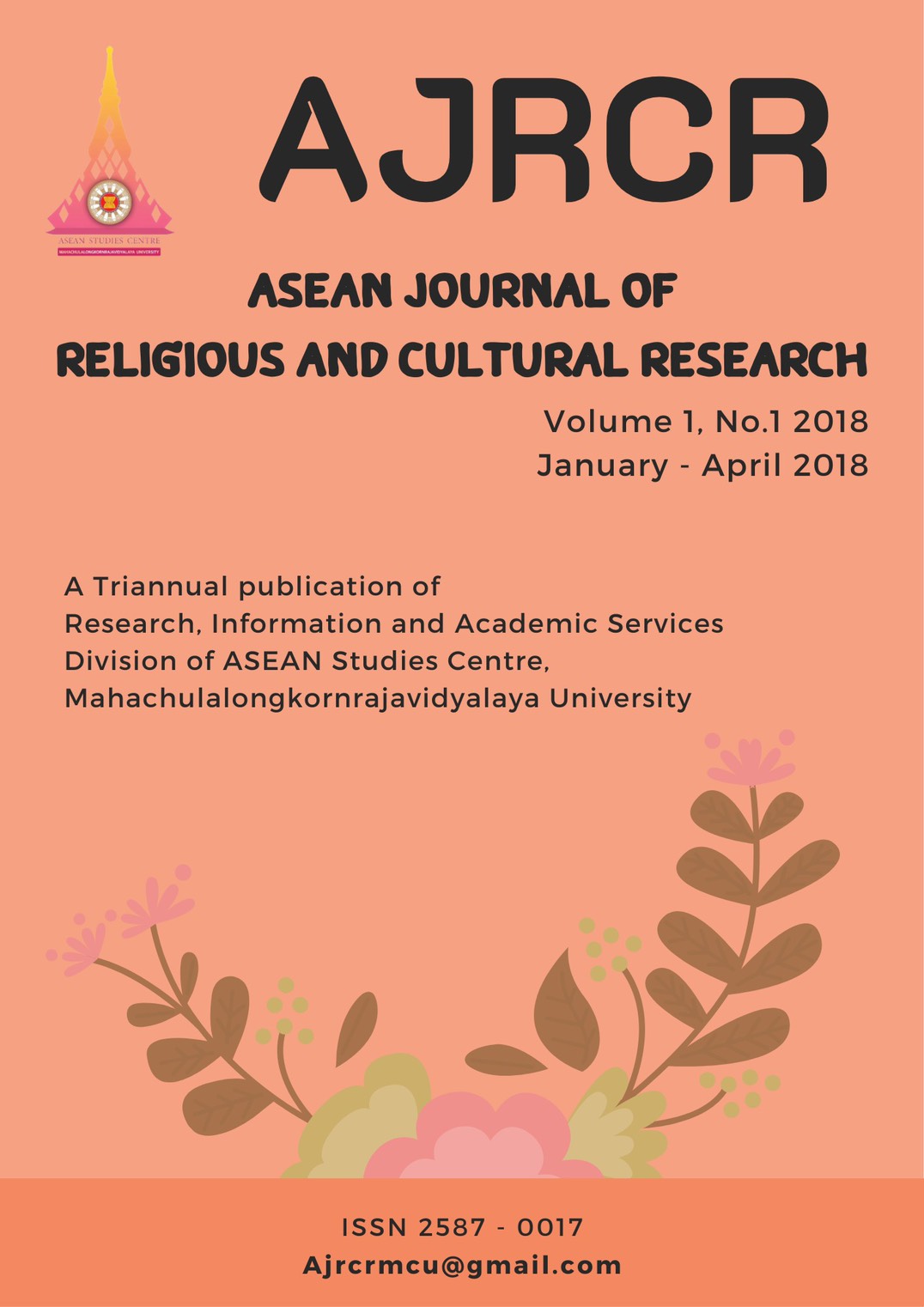AN APPLICATION OF THE DEBATE BETWEEN GADAMER’S AND HABERMAS’ HERMENEUTICS TO A BUDDHIST STUDY OF NAGA FIREBALLS OR MEKONG LIGHTS (BUNG FAI PAYA NAK)
Keywords:
Naga Fireballs, Buddhist Lent, Debate of Gadamer and Habermas, Kalamasutta, ApannakadhammaAbstract
Naga Fireballs (Bung Fai Paya Nak) are phenomena that appear every year along the Mekong River exactly at the end of three months of the Buddhist Lent. Last year of 2017, it was reported that Buddhist lent started in July 9, 2017 and ended in October 5, 2017, there appeared in total the 772 Naga Fireballs at that night of October 5, 2017. And this year of 2018, the Buddhist Lent will begin in July 28, 2018, it will end in October 24, 2018, and it is expected by the local Buddhist believers that there will be more Naga Fireballs than the last years. The local Buddhists believe that Naga or Big Snakes which inhabited in the Mekong River worship or celebrate monks who observed the three months Buddhist Lent with firing rockets or fireballs from the beneath of Mekong River. Non-local Buddhists are doubtful about the phenomena and opine it in two ways, one is that Laotian soldiers were firing tracer rounds into the air across the river from the festival and another one is that the fireball is a result of flammable phosphine gas generated by the marshy environment. I don't want to judge their solution which one is right or wrong, but will apply Hermeneutics to interpret their views. I believe that Hermeneutics can nourish their dialog with each other for mutual understanding and peaceful living together. For me, the local Buddhists apply the Buddhist Hermeneutics of Apannakadhamma (Phenomenological Approach or Psychological Belief) to understand the Naga Fireballs Phenomena, but the Non-local Buddhists adopt the Hermeneutics of Kalamasutta (10 Principles of Faith or scientific reason). The two Buddhist theories of Hermeneutics correspond to the debate between Gadamer's and Habermas' Hermeneutics.






